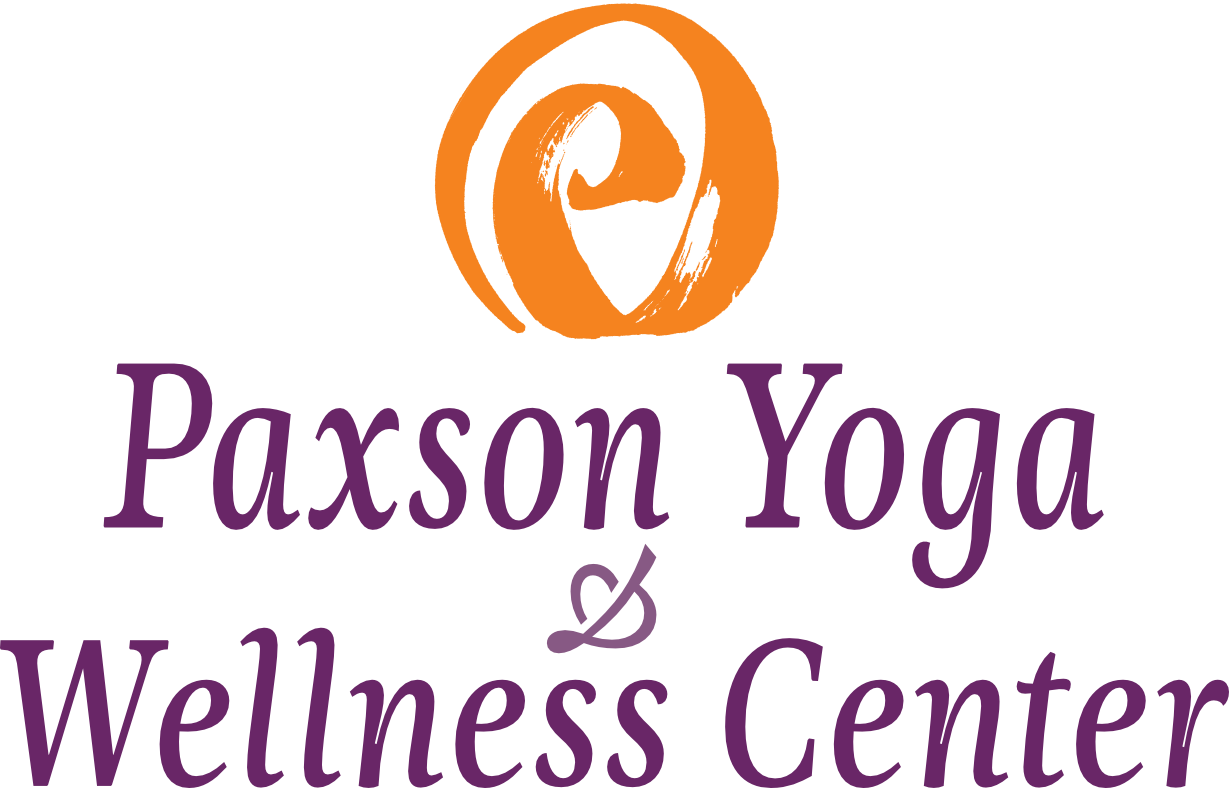Basic Anatomy for Teachers
BASIC ANATOMY FOR TEACHERS
By Julie Gudmestad
Published in Yoga Journal
Why should yoga teachers study anatomy? Find out some excellent reasons, beginning with an introduction to flexion and extension.
IT’S FAIR FOR A YOGA TEACHER TO ASK, “Why should I learn anatomy? I want to teach yoga, not anatomy. My students want to learn the poses, not anatomy. And it’s hard to learn all the Latin names of muscles and bones. Sounds like a lot of work without much practical application.”
I can definitely understand this point of view, and I remember all too well the challenges of learning anatomy when I was in physical therapy school 30 years ago. However, having taught my “Anatomy Awareness in Asana” classes for several years now, I’ve seen and heard much evidence pointing to the value of this study for yoga teachers.
Practical Knowledge
FOR EXAMPLE, when you understand how a joint moves in a pose, your instructions will be much clearer. You’ll be able to tell your students correctly which parts of their bodies should be actively contracting and which should be relaxing. If you need to talk to a medical care provider—your own or a student’s—you’ll be able to understand the structures being discussed, whether it’s a rotator cuff or a medial meniscus. And finally, studying anatomy will help shed light on your own mysterious places, those parts of your body that are weak or injured or tight, which will inform your teaching with greater understanding and compassion.
Now that I have, I hope, convinced you to continue your anatomy studies, we’ll begin by going back to basics. In the next several articles, we’ll define the basic terms of movement in the traditional language of anatomy, followed by some examples from the yoga world. Then we’ll all be speaking the same language and can build on that knowledge as we dig a little deeper into the workings of the body in yoga poses.
The Sagittal Plane
IN TRADITIONAL ANATOMY and kinesiology (the study of how the body moves), we describe all movement in terms of the three cardinal planes, viewing the body in the anatomical position (fully upright with the arms by the sides and the palms facing forward). In this column, we’ll take a look at the sagittal plane, which is named after the sagittal suture, the seam on the top of the skull that goes from front to back. Standing upright, you might picture this plane as a vertical pane of glass that enters the center front of your body and comes out the back. That is, it goes from nose to back of the skull, from breastbone to spine, from pubic bone to tailbone. Any movements that occur in or parallel to this plane are referred to as either flexion or extension.
Flexion vs. Extension
AS A GENERAL RULE (there are always exceptions!), when two bones move closer together in the sagittal plane, the joint between them is flexing; when the bones move farther apart, the joint is extending. We can look at a couple of classic examples in your legs when you are standing. If you bend both knees, they are flexing, since the femurs (thighbones) and lower leg bones are moving parallel to the sagittal plane and are coming closer together. Similarly, if you stand on your left leg and bring your right knee up toward your chest, both the right hip and right knee are flexing. Still standing, if you lift your right leg straight up in front of you, as in kicking a ball, your right knee is extended and your right hip is flexing. When you are standing fully upright, your hips and your knees are in extension.
While flexion and extension of your hips, knees, elbows, and fingers are fairly straightforward, other joints have to be considered more carefully. When you drop your chin toward your chest in Sarvangasana (Shoulderstand), for example, your neck is flexing. You can see that your neck and head are moving in the sagittal plane, but the idea of bones moving together is lost. If you slump over, with your head moving toward your lap, your whole spine is flexed. When you push up into a backbend, your spine is in extension. In Setu Bandha Sarvangasana (Bridge Pose), your neck is flexed while your thoracic and lumbar spines are extending.
Flexion and extension terminology for the shoulder is challenging, too. According to anatomical convention, your shoulder is flexing when you bring your arm forward and up overhead. In Adho Mukha Svanasana (Downward-Facing Dog), Vrksasana (Tree Pose), and Adho Mukha Vrksasana (Handstand), you need full shoulder flexion-180 degrees-and if you lack it, these poses are much more challenging. Your shoulder is extending, on the other hand, as you bring your arm forward and down from overhead, and even as you continue on back until your arms are reaching straight back behind you, in poses like Setu Bandha Sarvangasana, Ustrasana (Camel Pose), and Sarvangasana.
Practice your understanding of flexion and extension by simply observing people in their various positions and activities. Sit in a public place for a few minutes and notice how people sit and stand, or observe a yoga class. Identify joints that are positioned or moving in the sagittal plane, and determine whether they are they flexing or extending. This will prepare you for the following two columns, in which we will discuss the other two planes of movement and their actions.

